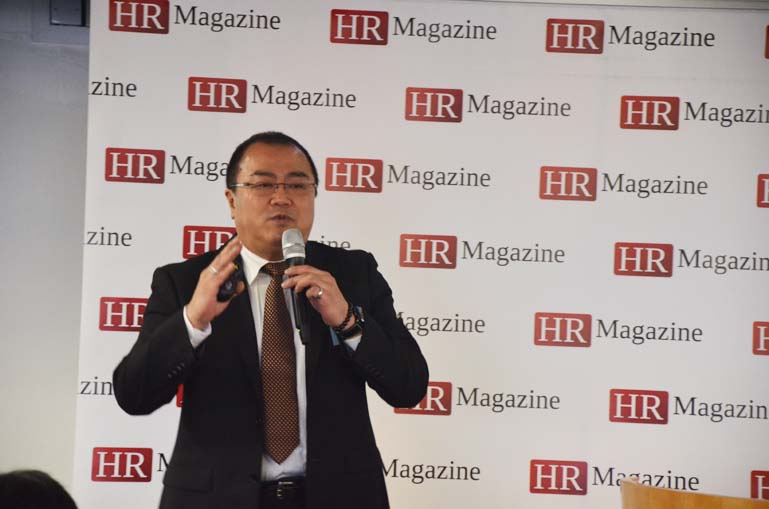
Kelvin Ju
Principal Consultant, Talent Development Solutions, Graval Ltd
Topic: Succession planning—grooming or cloning?
“Succession planning is one my absolute passions. But it didn’t quite work in my era, when I was still in-house,” Kelvin Ju opened. “Instead of drawing nightmares—and dreamscapes—we should focus on the actual process and practicalities.”
Why is succession planning critical? First of all, half of C-level executives will retire in the next five years, Ju said. As the baby boomers start to retire, the need for a clear succession path to executive positions becomes ever greater. Not only that, he pointed out, but the average tenure of current CEOs is only 7.6 years, in stark contrast with 9.5 years only two decades ago.
One of the reasons why the tenures are so short, and why succession planning is becoming ever more important, Ju elaborated, is the simple fact that 40% of CEOs fail in the first 18 months.
He commented, “Eighty-two per cent of hires don’t work out—that’s a scary number. That means that only one out of every five managers demonstrates a high level of talent. Additionally, only 20% of managers have basic talent, and that should be a wake-up call to management everywhere. The problem is not that CEOs are being replaced, it’s that they’re being replaced badly. If you fail to plan for succession, the consequences can be catastrophic.”
A good way of starting to plan effectively is to identify 20–25 leaders who might grow into a CEO role organically, or at least show the basic competencies required for a CEO position, according to Ju. The key here is assessment—observed measurable performance. He argued that we have to step away from the idea of one-person succession planning, instead working with the current CEO, the board and the talents to come up with a workable plan.
Ju argued, “Whatever you do, put your candidates under stress. Assess them, and develop them. Oftentimes succession planning is not successful, because people are looking for the ‘perfect’ person who can just lead the company right away. It’s not like that.”
One of the first things he mentions as a critical success factor is that we have to let go of some old notions, such as that external candidates are always more exciting or promising, and that the successor has to be ready now.
“There’s no such as thing as ‘ready now’. If this person was ready now, they’d be running a different company,” Ju said. “Succession planning is really about developing and maintaining strong leadership—not just in C-levels, but at all levels. The current CEO should champion the process, but you—the people in HR—must be the only one to oversee this. Corporate culture isn’t just one person.”
To see Kelvin Ju’s Power Point presentation, and those of many others, go to our HR Download Zone here: https://plainsailinghr.com/hr-download-zone/



